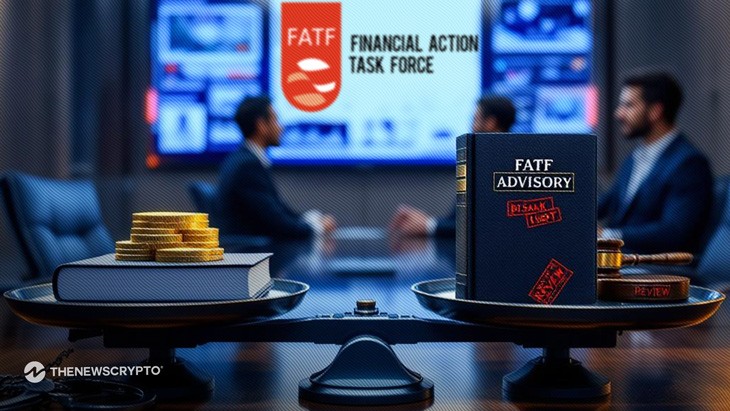FATF’s Warnings Spark Demand for Tighter Global Stablecoin Oversight
- FATF’s warnings ignite calls for tighter global stablecoin oversight and unified licensing.
- Blockchain leaders view regulation as a catalyst for trust and mainstream adoption, not a crackdown.
Recent warnings issued by the Financial Action Task Force (FATF) regarding the use of stablecoins in criminal activities have raised concerns within the cryptocurrency industry. While some fear that increased regulatory scrutiny may stifle innovation, industry officials argue that proper regulation is essential for the sustainable growth and credibility of digital assets.
Industry Leaders Embrace Regulatory Scrutiny
Aidan Larkin, co-founder of Asset Reality, believes that regulatory focus on the industry signifies maturity rather than aggression towards crypto innovation. He emphasizes the need for regulatory frameworks that balance innovation, consumer protection, and financial system integrity.
Chainalysis policy adviser Jordan Wain supports this stance, citing data that shows stablecoins are used for both legal and illegal transactions. According to Chainalysis’ 2025 Crypto Crime Report, 63% of illegal blockchain transactions involve stablecoin transfers.
The FATF’s recommendations aim to establish common licensing standards for stablecoin issuers globally and implement real-time surveillance to combat illicit financial activities. These measures seek to enhance international cooperation in monitoring and disrupting illegal financial flows through digital assets.
Despite concerns, experts point out that the transparency of stablecoins makes them less conducive to complex criminal activities compared to traditional methods. Centralized stablecoin issuers have the ability to freeze suspicious funds upon detection of illicit usage patterns by law enforcement agencies.
Examples include Tether freezing $225 million USDT tokens linked to scams at the request of US authorities, and Circle blocking $57 million of USDC tokens associated with fraudulent activities following court orders.
However, challenges persist, as blockchain researcher ZachXBT highlighted the use of USDC by North Korean IT laborers to evade sanctions. Despite claims of compliance, millions of suspicious transactions continue to flow through the platform.
Industry leaders acknowledge that blockchain surveillance tools alone are insufficient to address the risks of widespread adoption. A comprehensive enforcement approach, including secondary sanctions against entities facilitating illegal operations, is deemed necessary.

